This year I found a sewing podcast I enjoy very much. At first I thought how could a podcast, with no visuals, be of interest? Hard to explain how, but it works quite well.
www.lovetosewpodcast.com
The hosts, Helen Wilkinson and Caroline Somos are two young Canadian ladies with a lively sense of humor and a true love of sewing. They start out every interview by asking the guest how their sewing journey started. Love that question!
Topics include making clothes, the sewing community, and small businesses. They talk about their passion for sewing a handmade wardrobe and their daily lives as creative entrepreneurs. Listen to interviews with indie business owners and inspiring sewists who totally understand your obsession with sewing. Frequency 1 episode / week
Here are examples of recent episodes:
And an episode on refashioning: http://lovetosewpodcast.com/episodes/episode-113-refashioning/ (don't you think they should interview Paganoonoo too?)
Paganoonoo is sponsoring the Christmas Eve podcast. The great news is that you can easily access past episodes through the website above. I am still working my way through them.
Happy Holidays to You and Yours! Michelle Paganini
P.S. Paganoonoo PDF upcycle sewing instructions in discounted holiday bundle packs are available now at www.etsy.com/shop/paganoonoo
www.lovetosewpodcast.com
The hosts, Helen Wilkinson and Caroline Somos are two young Canadian ladies with a lively sense of humor and a true love of sewing. They start out every interview by asking the guest how their sewing journey started. Love that question!
Topics include making clothes, the sewing community, and small businesses. They talk about their passion for sewing a handmade wardrobe and their daily lives as creative entrepreneurs. Listen to interviews with indie business owners and inspiring sewists who totally understand your obsession with sewing. Frequency 1 episode / week
Here are examples of recent episodes:
And an episode on refashioning: http://lovetosewpodcast.com/episodes/episode-113-refashioning/ (don't you think they should interview Paganoonoo too?)
Paganoonoo is sponsoring the Christmas Eve podcast. The great news is that you can easily access past episodes through the website above. I am still working my way through them.
Happy Holidays to You and Yours! Michelle Paganini
P.S. Paganoonoo PDF upcycle sewing instructions in discounted holiday bundle packs are available now at www.etsy.com/shop/paganoonoo















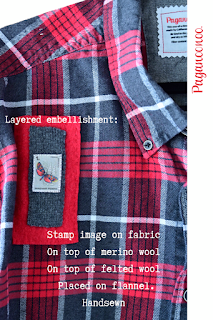


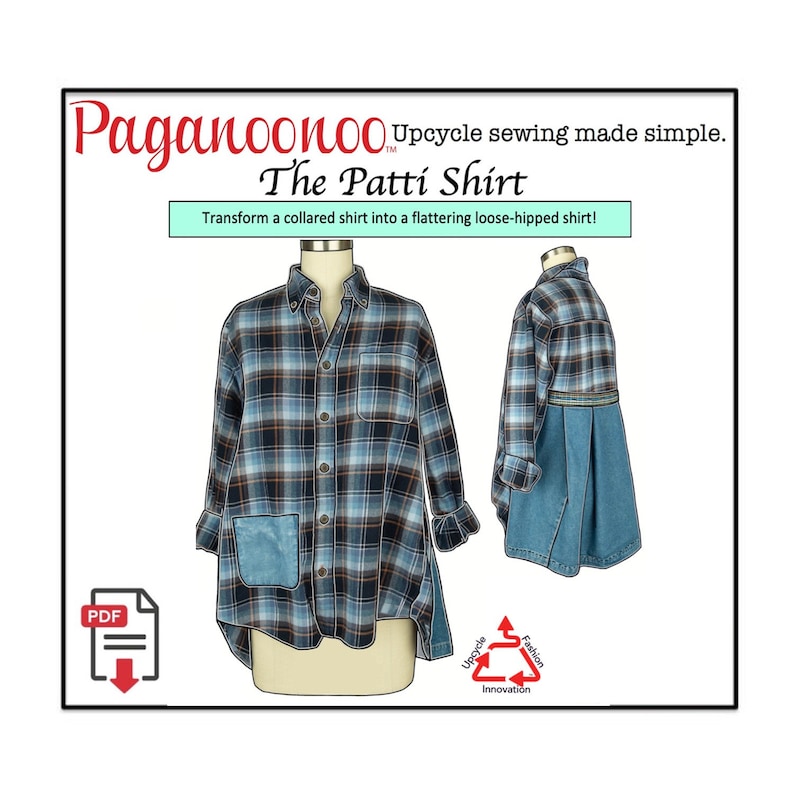




 Happy Upcycling! Michelle
Happy Upcycling! Michelle
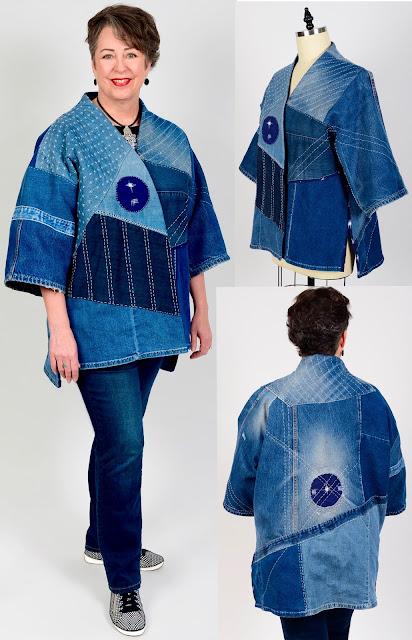












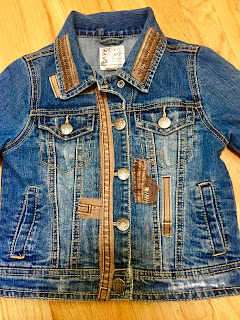





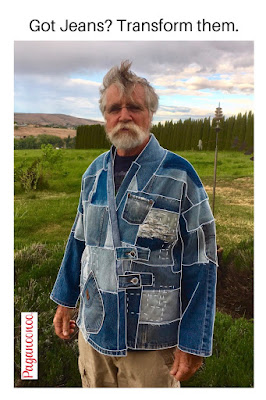







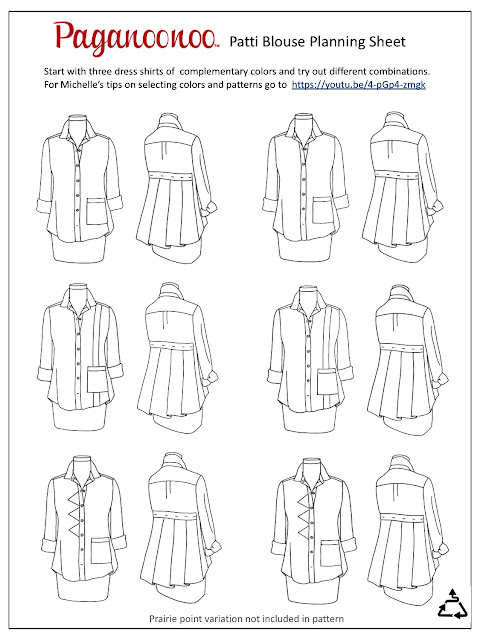









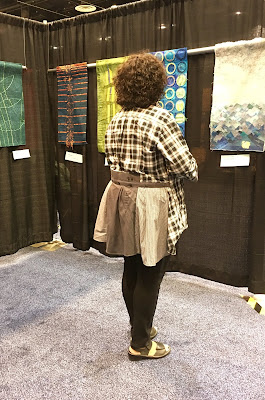
 .
. 











